
views
Establishing a Reward System

Figure out what kind of food your cat loves. Treats can be a great way to reward your cat for positive behavior. However, the kind of treats matter. Your cat is unlikely to behave for everyday food. Find a treat it loves and use that as a reward. Buy a variety of treats at a local pet store and see what your cat likes. Try to use the treats it responds well to in training. You may also be able to feed your cat some table scraps. Some cats love things like turkey and chicken. If your cat has a particular fondness for a certain table food, that may work as a reward.

Try other rewards. Not every cat responds well to food. Your cat may prefer another type of reward. Maybe your cat loves a particular toy. You could reward it by letting it play with that toy after it behaves. If your cat is particularly friendly, try petting as a reward.

Establish a connection with rewards using a clicker. You can buy a small clicker at a pet store. You can use this as a way to let a cat know it is behaving well. Teach your cat to associate the clicker with positive experiences. Choose a small, quiet place to work that is free of distractions. This will keep your cat focused. At first, all you need to do is establish a click means a reward is coming. Sit with your cat and press down on the clicker. Then, immediately give your cat a reward. You can give it a treat, a toy, or attention. Do this each day until you cat begins to perk up at the sound of the clicker. Cats are easily distracted, so keep training sessions short. Sessions should be no longer than 5 minutes.
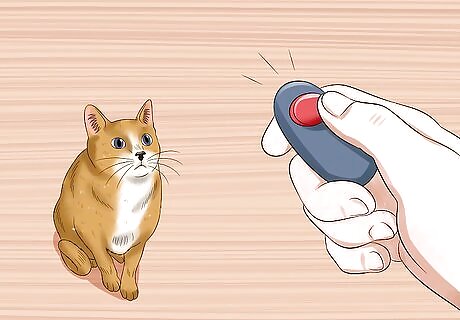
Start clicking when your cat listens to you. This will reinforce that listening is good. Your cat understands the clicker means a reward, so keep the clicker on you around the house. When your cat listens, press the clicker. For example, you see your cat eating one of the plants in your house. You say something like, "Get down." If your cat gets down in response, press the clicker. If it does not get down in response, do not press the clicker.
Reinforcing Positive Behaviors
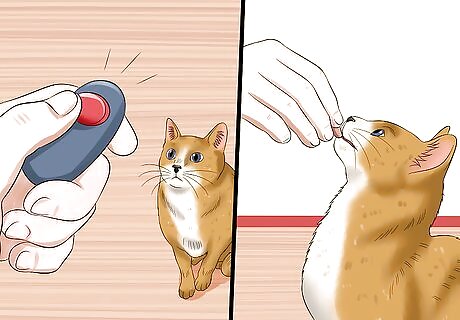
Reward your cat in the immediate moment. Animals live in the immediate. Your cat will not understand what it is being rewarded for if rewards are delayed. The second your cat listens, give it a reward. For example, your cat is pawing at another cat in your home. You tell it, "No" and it immediately leaves the cat alone. Do not wait a few minutes to reward it. Immediately click and offer a reward. If you're using treats as a reward, you may want to carry a few treats with you around the house. That way, if your cat listens, you can offer it a reward right away.
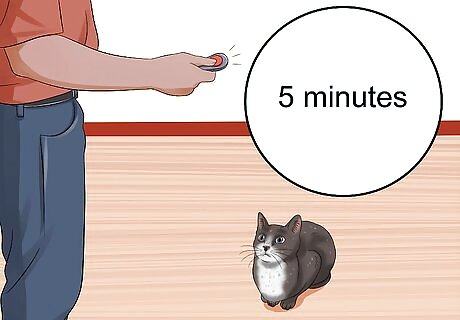
Practice with your cat each day. This will help solidify behaviors. It will encourage your cat to listen to your more in day-to-day life. You can try teaching your cat small commands that encourage listening, like coming in response to his name. Choose an area free of distractions and keep sessions short. In general, less than 5 minute sessions are key. Cats have short attention spans. Instruct your cat to engage in a certain behavior. Reward it when it does that behavior. For example, call your cat's name. If it comes to you, give it a reward. You usually have to work increments. This means, settling for your cat partially completing the behavior first. For example, you tell your cat to come and it takes a few steps forward. Give it a reward. With time, demand more from it. Do not reward it until it completes more of the behavior.

Reprimand your cat gently. Cats should not be yelled at for bad behaviors, but there should be some consequences. If you want your cat to listen, make sure it understands what "No" means. You do not need more than a loud, "No" when your cat misbehaves. Avoid screaming, as this can upset your cat. Simply say, "No" when it engages in a negative behavior. If your cat stops the behavior when you ask, reward it with treats, a toy, or praise. If your cat does not listen when you say "No," try adding a small clap as well.

Cut down on treats and rewards with time. You want your cat to eventually behave without a reward. You do not want to teach your cat it should only behave well when there's something in it for it. As your cat listens to you more and more, taper off rewards. Make use of the clicker. Your cat will eventually learn to see this as a reward in and of itself, as it indicates it is behaving properly. Once your cat seems to have mastered listening to you, only reward it every other time it behaves. With time, wean it off rewards altogether.
Avoiding Negative Training Tactics
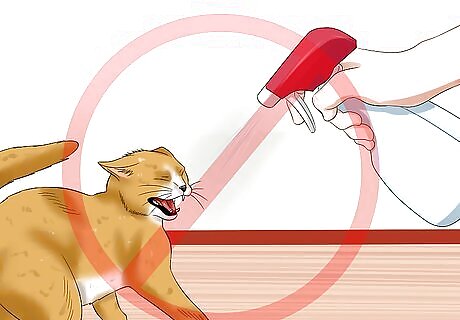
Do not use a squirt bottle. Many advocate keeping a squirt bottle filled with tap water on hand. If a cat misbehaves, they will give it a quick squirt as punishment. This will not teach your cat proper behavior. In fact, it can actually make negative behaviors worse. Squirting a cat with a water bottle just creates stress. Oftentimes, a cat is engaging in a negative behavior because something is wrong. Your cat may, say, scratching furniture because it dislikes his scratching post. Punishing it for scratching furniture will not stop your cat from doing it. It will only learn to scratch when you're not around. A squirt bottle will make troublesome behaviors worse. If your cat feels stressed in his home, it may become more aggressive and act out more frequently.
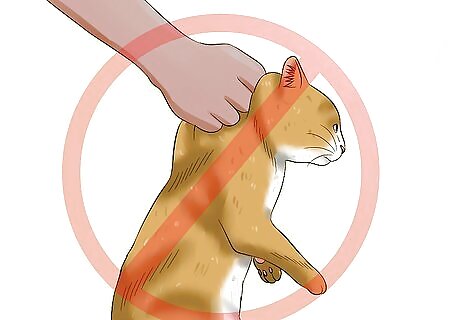
Avoid "scruffing." This means grabbing the loose skin of a cat's neck to stop negative behaviors. Many people believe scruffing will assert dominance over a cat. However, scruffing frightens and humiliates adult cats. It will not improve a cat's behavior. The only situation in which scruffing is appropriate is a medical emergency. For example, if your cat is hurt you will need to get it to the vet. If your cat is upset and resisting going into his crate, scruffing may be the only way to stop its squirming. If you do scruff your cat due to an emergency, release your grip as soon as the danger has passed.
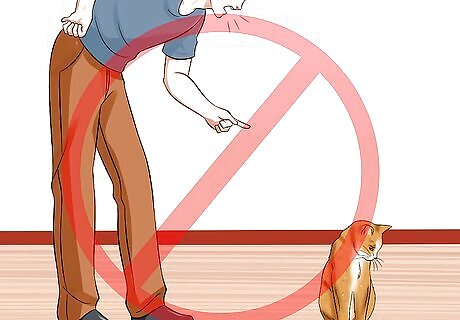
Do not punish your cat. Cats do not understand punishment, and it only serves to create stress. Never use more than a simple "No" and a hand clap to deter poor behaviors. Do not yell at your cat or put your cat in a cage as punishment.










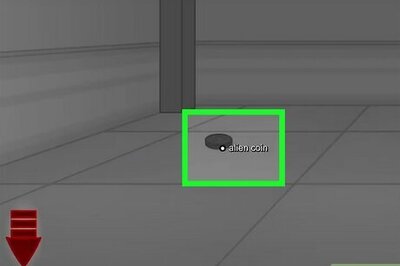


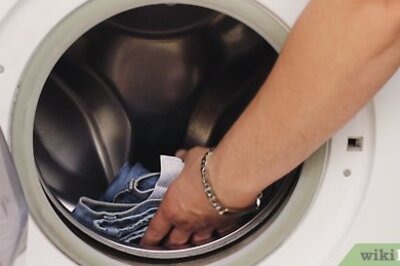






Comments
0 comment